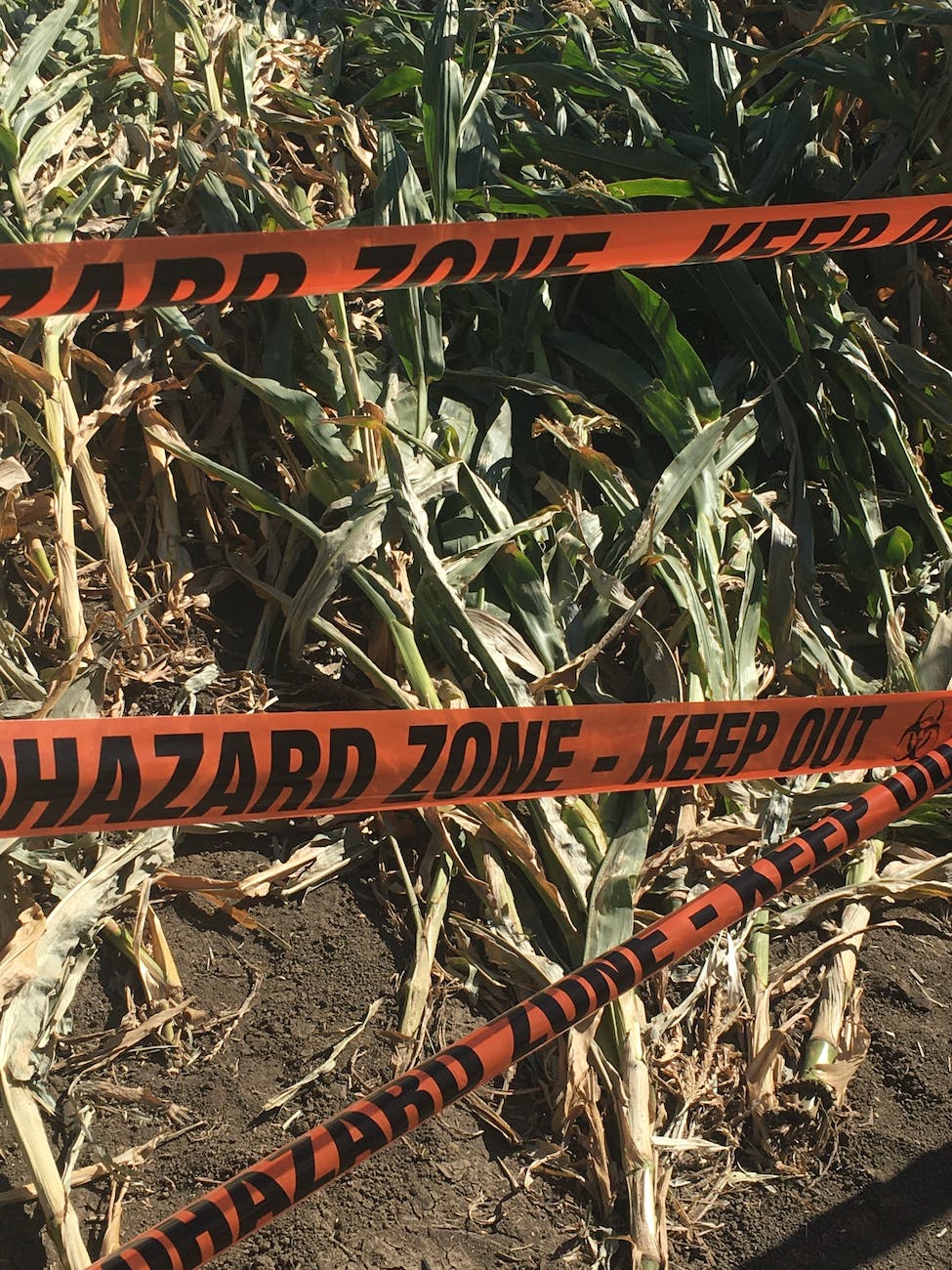
Hydrotest Hazards and Precautions
Introduction
Hydrotest Hazards and Precautions : Hydrostatic testing, commonly known as hydrotest, is a crucial procedure in various industries, including manufacturing, construction, and oil and gas. It involves the use of pressurized liquids to test the integrity of pipes, vessels, and other pressure-containing equipment. While hydrotesting is essential for ensuring safety and compliance, it also comes with its own set of hazards. This article will explore the potential dangers associated with hydrotests and the precautions that must be taken to mitigate these risks.
Hydrotest Hazards:
- High Pressure: The primary hazard of hydrotests is the high pressure involved. Pressurized liquids can cause severe injuries or fatalities if not handled correctly. Equipment failure or human error can lead to catastrophic accidents.
- Leaks and Ruptures: If there are any weak points or defects in the equipment being tested, the pressure from the hydrotest can lead to leaks or ruptures. This can result in the release of hazardous materials, causing environmental damage and endangering personnel.
- Explosions: In extreme cases, a failure during a hydrotest can lead to an explosion, especially when dealing with volatile substances. Explosions can cause extensive damage to equipment and pose a significant risk to nearby workers.
- Projectile Hazards: The force generated by a sudden rupture or explosion can turn equipment components into dangerous projectiles. These projectiles can cause injuries or damage surrounding structures.
- Chemical Exposure: In some hydrotests, the test fluid may contain chemicals that can be harmful to human health. Leakage or spills can lead to chemical exposure, resulting in acute or long-term health issues.
Precautions to Ensure Safety:
- Qualified Personnel: Only trained and qualified personnel should conduct hydrotests. They should have a thorough understanding of the equipment, testing procedures, and safety protocols.
- Proper Equipment Inspection: Before conducting a hydrotest, equipment must undergo a rigorous inspection to identify any weaknesses or defects. This includes visual inspections, non-destructive testing, and thorough documentation.
- Pressure Control: Maintaining strict control over the pressure is critical. Pressure relief devices, such as relief valves, should be installed and regularly tested to prevent over-pressurization.
- Isolation: Ensure that the area where the hydrotest is conducted is isolated and secured. Unauthorized personnel should be kept away from the test site.
- Emergency Response: Have a well-defined emergency response plan in place, including evacuation procedures and first aid. All personnel involved should be familiar with these protocols.
- Personal Protective Equipment (PPE): Workers involved in the hydrotest should wear appropriate PPE, including safety glasses, helmets, gloves, and hearing protection, depending on the specific risks.
- Environmentally Safe Test Fluids: When possible, use environmentally safe test fluids to minimize the risk of chemical exposure and environmental damage.
Hydrotest Safety Toolbox Talk Meeting
Conclusion
Hydrostatic testing is an essential process for ensuring the safety and integrity of pressure-containing equipment. However, it should never be underestimated or taken lightly. Understanding the hazards associated with hydrotests and implementing strict safety precautions is paramount to preventing accidents, protecting workers, and safeguarding the environment. Always prioritize safety when conducting hydrostatic tests to mitigate risks effectively.
























